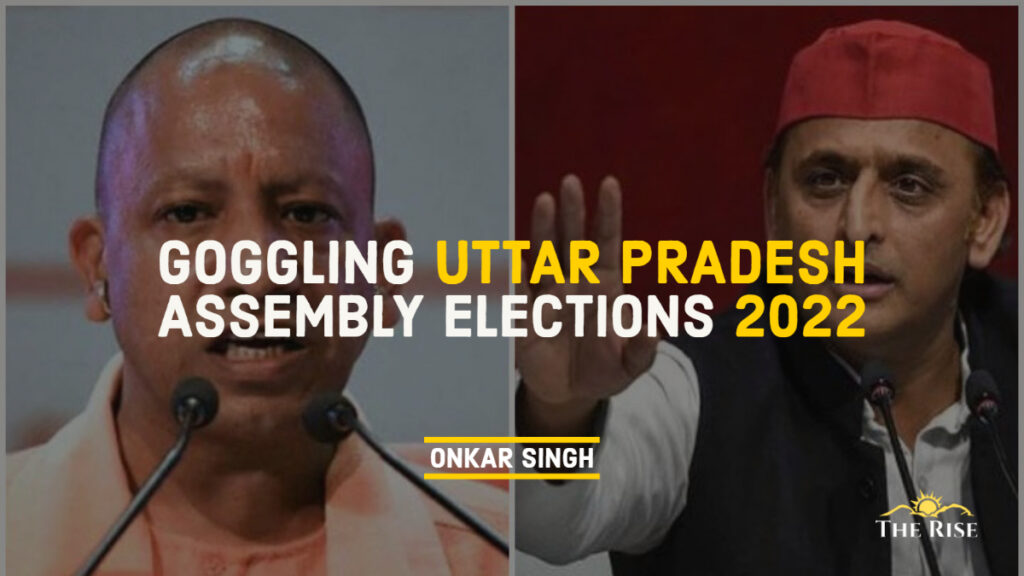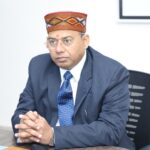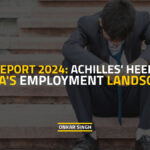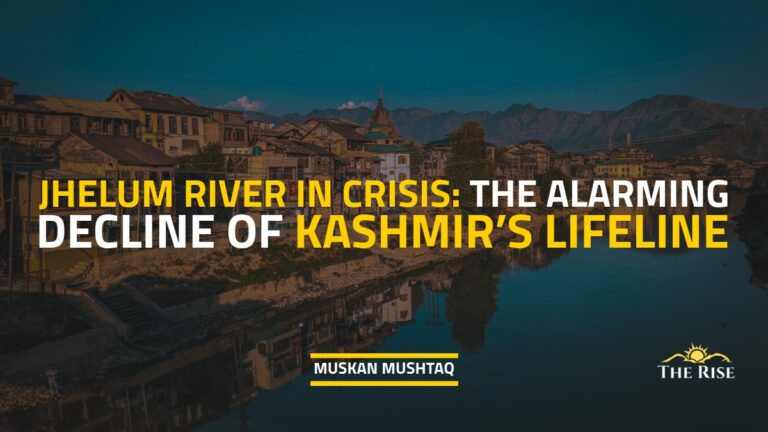The fight in UP assembly elections remained primarily between the BJP and the SP. The star campaigners of ruling dispensation raked on the incidents during pre-2017 rule with few prominent ones being Kairana riots & associated migration in western UP, dynastic politics, law and order, camouflaged polarization, nationalism, etc. The law and order, women’s safety, free gas connection, free toilets, free houses, elimination of mafias, welfare schemes of a free ration on account of COVID disruption, direct benefit transfer, health care schemes, infrastructure, various freebies, etc. remained the mainstay for the BJP. Astoundingly, the SP leadership maintained reasonable decency in language while referring to the political opponents across the electioneering. The SP leadership continually reminded of its works, including the “Dial 100”, “Dial 1090”, police reforms, free ambulance service, solar energy initiatives, laptops for digital education, power plants, power station networks, farmer mandis, sugarcane procurement, the four-lane connection of district headquarters, Agra-Lucknow Expressway, Lucknow Metro, IT park, tourism, welfare schemes like food, pension, health etc.
The assembly elections in five states of India are over and new Governments will be formed soon. The analysis of the success and failure of different political parties is underway. The biggest state of the country saw an unprecedented increase in vote share of the incumbent party and brought it back for a second consecutive time. It simply reiterated the pro-incumbency with little impact of anti-incumbency as felt in the increase in vote share of the principal opposition party in the State. This is observed despite the crucial issues such as a large number of COVID-related miseries, hardships felt in lockdown, the recession of economic activities, unemployment, oil price hike, agitations against CAA & farm laws, etc. remaining in the spotlight. At the same time, the media reports on the scary inhuman incidents like that of Unnao, Hathras, Lakhimpur, Gorakhpur, etc. exhibiting highhandedness by few had also stirred the civil society in the past. Undoubtedly, the government has taken corrective actions, but these kept buzzing backstage in elections.
Mandate given shows that slightly more than half of the voters of Uttar Pradesh exercised their franchise out of which the major political players in the fray namely, Bhartiya Janta Party (BJP), Samajwadi Party (SP), Bahujan Samaj Party (BSP), Rashtriya Lok Dal (RLD), and Indian National Congress (INC), secured 41.29%, 32.1%, 12.88%, 2.85%, and 2.33% of vote shares respectively. Interestingly in the 2022 assembly elections, the BJP & SP succeeded in winning 255 (lesser than 2017) & 111 (more than 2017) seats and increased their vote shares while two national parties INC & BSP simply failed in wooing voters by winning merely two & one seats, respectively.
Now, it’s time to figure out the predominant factors responsible for the status quo of the political party in power. However, this is just speculation based on public feedback and understanding of implications of various issues brought out by political parties in nearly two months long electioneering for seven phases of the election of UP assembly. Introspection of the canvassing evinces that the star campaigners of ruling dispensation raked on the incidents during pre-2017 rule with few prominent ones being Kairana riots & associated migration in western UP, dynastic politics, law and order, camouflaged polarization, nationalism, etc and kept on asking the role of opposition parties in handling calamities in recent past. The law and order, women’s safety, free gas connection, free toilets, free houses, elimination of mafias, welfare schemes of a free ration on account of COVID disruption, direct benefit transfer, health care schemes, infrastructure, various freebies, etc. remained the mainstay. The BJP manifesto of 2022 contained an extension of promises and sought the second tenure of five years for improvements in the state. Nevertheless, the political atmosphere was vitiated through the language full of crude barbs by a battery of star campaigners.
The star campaigners of ruling dispensation raked on the incidents during pre-2017 rule with few prominent ones being Kairana riots & associated migration in western UP, dynastic politics, law and order, camouflaged polarization, nationalism, etc.
On the other hand, the opposition parties solicited votes and support by reminding them of miseries during the last five years and failure in meting out the promises made in the 2017 poll. SP made resounding promises of free electricity, huge employment opportunities, farmers’ welfare, women’s welfare, students’ welfare, social security schemes, various welfare schemes, industrial landscape, etc. in its well-articulated election manifesto. Forsooth, the SP leadership continually reminded of the works done in their 2012-17 rule as police response system – “Dial 100”, women power line – “Dial 1090”, police reforms, free ambulance service, solar energy initiatives, laptops for digital education, power plants for upending electricity crisis in UP, power station networks, farmer mandis, sugarcane procurement, the four-lane connection of district headquarters, Agra-Lucknow Expressway, starting Lucknow Metro, initiating Kanpur Metro project & Purvanchal Expressway, new universities, medical & engineering colleges, state of art infrastructure projects, IT park, tourism, welfare schemes like food, pension, health, etc. Astoundingly, the SP leadership maintained reasonable decency in language while referring to the political opponents across the electioneering. His political rallies whether in the day or in the night were heavily thronged, especially by the youth with lot of hopes for changes in the state of affairs. SP tried its level best to change the perception by fairly distributing tickets to candidates across communities and the slogans of change like ‘nayi hava hai – nayi sapa hai; badon ka haath, yuva ka saath‘ but could not offset the onslaught by its principal opponent to a larger extent.
Astoundingly, the SP leadership maintained reasonable decency in language while referring to the political opponents across the electioneering.
INC nucleated a novel beginning in bringing women to mainstream politics of state by giving 40% tickets to them. Women empowerment was buttressed by ‘ladki hoon lad sakti hoon‘ punchline and the dormant or weak cadre of the party got energized across the State in these elections. Seemingly, the BSP continued its electioneering in a low profile with the unanswered key question of why its supremo did not fight assembly elections vigorously even after having strong cadre base.
With the final outcome showing the increase in vote share of BJP and an unceasing strengthening of its voter base, this is said to be attributed to the tactical support of Jat farmer community in western UP, which demonstrated allegiance to RLD only in case of certain candidates suiting them. The obscure Jat – Muslim rift appears to have proved game spoilers to the SP-RLD combination. As per reports available, apart from the consolidation of votes by the core BJP voters, the other key factors favouring BJP have been bringing more women, consolidation on religious lines, and shift of some core BSP voters to its fold. Women empowerment, freebies, and certain facilitations to women lets them think independently and cast votes without bothering about the male members in their families.
Women empowerment, freebies, and certain facilitations to women lets them think independently and cast votes without bothering about the male members in their families.
The increase in vote share of SP comes off primarily on account of consolidation of its core voters, collaborations with different OBC leaders resulting in bringing wide-ranging OBC communities under its umbrella, increasing number of youth voters for seeking respite, farmers on account of stray animals, restoration of old pension scheme for better future, etc. The perception created by repeated propagation of law and order concerns, proximity to certain communities, and dynastic politics appear to have still acted as a deterrent for a large number of voters from voting for SP.
Also Read: New India: What to focus on – ‘Positivity Rate’ or ‘Positivity Drive’?
Thus, the fight in UP assembly elections remained primarily between the BJP and the SP. Introspection of such bipolar elections diminishes the multi-party presence among the lawmakers of the state and the diversity of political thoughts is ought to get lost. It goes without saying that the presence of lawmakers from differing ideologies and thought processes is likely to yield good quality political discourse and improve the overall governance in a democratic setup. Also, the variety of commitments made by elected representatives from the respective cluster of people helps in understanding the ground aspirations throughout the state.
Inarguably, the country with such a hugely varying demography necessitates the participation of all thoughts and beliefs in governance for its holistic wellbeing. Let’s hope that the forthcoming elections do not revolve around freebies and polarization of any kind. Instead, the development, employment, fair distribution of wealth, prosperity, and effective utilization of demographic dividend becomes the main plank for the free will exercise of the franchise. Any form of the give and take influences the voting pattern and endangers the basic premise of democracy.
Disclaimer: The views expressed in this article are of the author solely. TheRise.co.in neither endorses nor is responsible for them.
About the author
Prof. Onkar Singh is the Vice Chancellor of Veer Madho Singh Bhandari Uttarakhand Technical University, Dehradun, He has been the Founder Vice-Chancellor of the Madan Mohan Malaviya University of Technology, Gorakhpur (U.P.). He is a Professor of Mechanical Engineering at Harcourt Butler Technical University, Kanpur (U.P.).











Role of free-free to seek votes is worrisome for Indian democracy.
Pingback: Public perception about leader selection - TheRise.co.in
Pingback: Caste and Religion in Elections